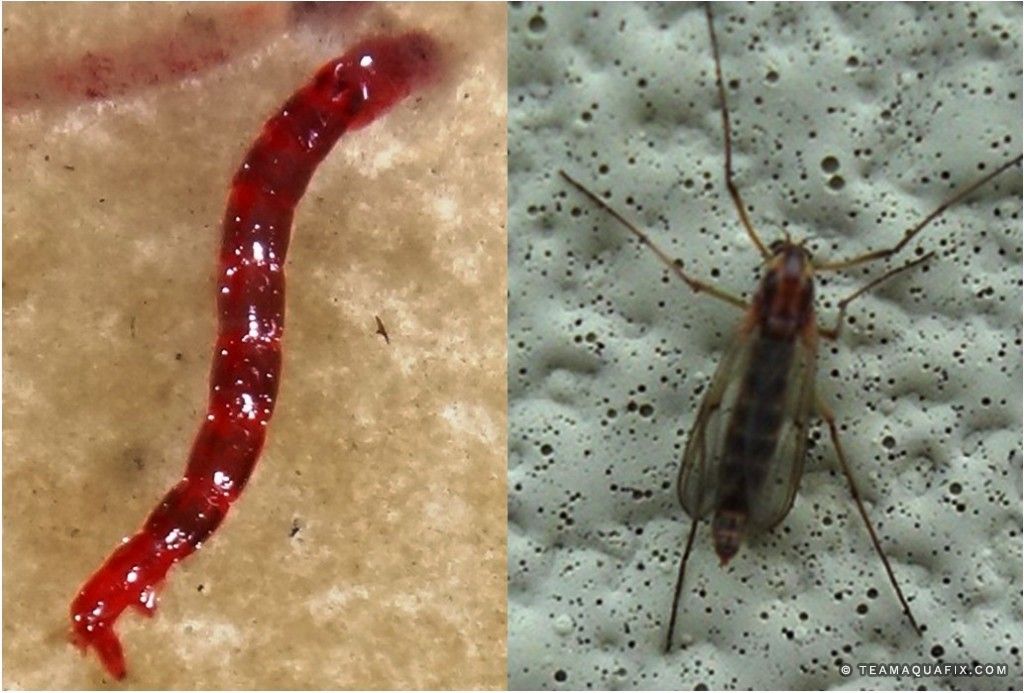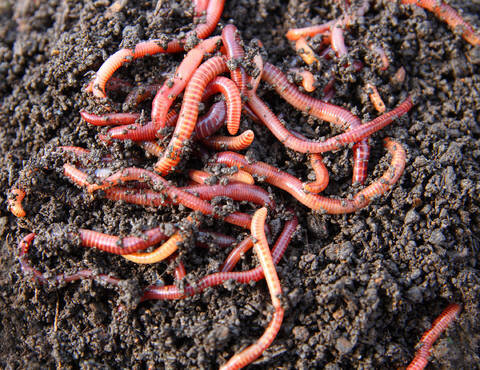Affordable red worms: Where to buy them
Affordable red worms: Where to buy them
Blog Article
The Function of Red Wigglers in Lasting Horticulture
The combination of red wigglers right into sustainable horticulture techniques provides an engaging approach to enhancing soil health and decreasing natural waste. The implications of making use of red wigglers extend past simple composting; their duty in shaping a much more lasting future warrants a much deeper expedition of their benefits and sensible applications.
Recognizing Red Wigglers
Red wigglers, scientifically called Eisenia fetida, are a species of earthworm renowned for their function in lasting gardening and composting methods - red wigglers. These worms grow in breaking down raw material, making them particularly reliable in transforming kitchen scraps and yard waste into nutrient-rich compost. Unlike traditional earthworms, red wigglers have a greater tolerance for varying wetness levels and can flourish in environments with plentiful organic material
(red wiggler worms near me)Classically, red wigglers are smaller than their earthworm counterparts, generally measuring in between 3 to 4 inches in size. They possess a reddish-brown pigmentation and have a fractional body structure that helps in their burrowing and feeding activities. These organisms are hermaphroditic, suggesting each individual possesses both male and female reproductive organs, which permits effective population development under optimal conditions.
The habitat preferences of red wigglers include wet, dark environments rich in natural content, such as garden compost bins or worm ranches. Their ecological role prolongs beyond composting; they are important in aerating the soil and assisting in nutrition cycling, which ultimately adds to healthier garden environments. red wigglers. Comprehending the biology and behavior of red wigglers is essential for those looking for to carry out efficient vermicomposting in lasting gardening
Benefits of Vermicomposting
Vermicomposting offers countless benefits that boost lasting gardening techniques and add to ecological health and wellness. One of the primary benefits is the transformation of natural waste into nutrient-rich garden compost, which improves dirt structure and fertility. The spreadings created by red wigglers are loaded with advantageous bacteria and essential nutrients, making them a superb natural plant food.
Additionally, vermicomposting substantially lowers landfill waste. By diverting cooking area scraps and yard waste from garbage dumps, this technique not only minimizes methane discharges-- a powerful greenhouse gas-- but additionally advertises a circular economic climate, where waste is repurposed as a source.
Another advantage is the improvement of soil oygenation and drainage (red wigglers). The burrowing activity of red wigglers develops networks in the soil, enabling air and water to penetrate more easily, hence fostering a healthier root system for plants
Moreover, vermicomposting can be done on a little range, making it accessible for metropolitan garden enthusiasts and those with minimal area. This approach encourages ecological stewardship and awareness, as individuals become much more involved with their waste monitoring methods. Eventually, vermicomposting represents a sustainable, efficient, and eco-friendly technique to horticulture that benefits both plants and the earth.
How to Beginning Vermicomposting
Starting your own vermicomposting system can be a satisfying endeavor that enhances your sustainable gardening techniques. To begin, select an ideal container, such as a plastic container or wood box, with great water drainage and air flow. The size will rely on the volume of kitchen area scraps you create; a bin of 10-14 gallons usually is adequate for a family.
Following, prepare the bedding material. Shredded newspaper, cardboard, and coconut coir are excellent choices, giving a comfy environment for the red wigglers. Go for a bedding deepness of about 4-6 inches, which ought to be damp yet not soaked.
Once the bed linens is developed, introduce your worms. Red wigglers (Eisenia fetida) are one of the most appropriate for composting. Begin with roughly one pound of worms for every single 2-3 extra pounds of kitchen scraps weekly.
Begin adding cooking area waste, preventing meat, milk, and oily foods, as these can draw in pests and produce odors. Routinely monitor the bin's wetness degrees and temperature, ensuring it stays within the optimal range for worm activity. With these first actions, you'll be well on your means to producing nutrient-rich garden compost for your yard.
Keeping a Healthy And Balanced Worm Container
A thriving worm bin needs regular treatment and focus to keep an optimal environment for the red wigglers. Trick factors to check consist of moisture levels, temperature, and food supply. Preserving a wetness level similar to a wrung-out sponge is essential; too much water can lead to anaerobic problems, while inadequate can dry out the worms.
Temperature level is additionally critical, as red wigglers flourish in a variety of 55 to 77 levels Fahrenheit. Severe temperature levels can worry the worms, possibly bring about mortality. As a result, putting the container in a climate-controlled area or using insulating materials can help control temperature changes.

Last but not least, aeration is essential. On a regular basis turning the bed linen and using a fork or shovel can protect against compaction and promote airflow, making certain a healthy, thriving setting for the red wigglers. By sticking to these practices, gardeners can keep a productive worm container that supports sustainable gardening initiatives.
Influence on Dirt Wellness
Enhancing dirt wellness via making use of red wigglers is an essential facet of lasting gardening. These worms, understood medically as Eisenia fetida, play an important duty in enhancing dirt framework and fertility. By eating raw material, red wigglers damage down complex materials into simpler substances, a process understood as vermicomposting. Completion item, worm castings, is abundant in important nutrients, including nitrogen, phosphorus, and potassium, which are crucial for plant development.

(buy red wiggler worms)Studies have actually revealed that dirts enriched with worm castings show raised microbial task and boosted fertility, causing greater crop yields. By including red wigglers right into gardening practices, garden enthusiasts not only enhance their dirt but additionally add to a much more sustainable farming system, stressing the interconnectedness of soil health and ecological stewardship.

Verdict
In final thought, red over here wigglers significantly add to sustainable horticulture via their reliable vermicomposting techniques. By advertising waste reduction and fostering a circular economic climate, red wigglers emerge as vital elements in environment-friendly gardening initiatives, underscoring their vital function in environmental sustainability.
Report this page